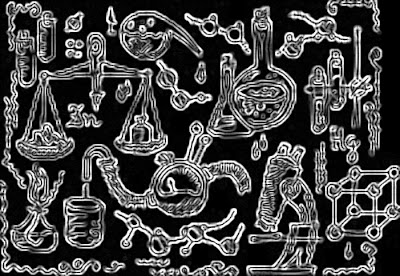Laboratory Equipment And Articles Made Of Rubber
Stated below are the laboratory equipments and articles:
- Rubber Sheet – This is to protect the linen or bed mattress from getting soiled; used in post-operation beds, when giving shampoo or enema. The Method of Cleansing: wash with soap and water; hang to dry and air to remove odor.
- Kelly Pad – This is to direct the flow of water to a pail as in rendering hair shampoo; also used in gynecologic and obstetrical procedures. Wash with soap and water; rinse and hang to dry; inflate with small amount of air.
- Ice Cap – This is used to dry cold application over the forehead for fever; over the breasts to relieve congestion or on areas with inflammation. Wash with warm soapy water; rinse and hang up (dry) side down to dry; fill with air before closing to prevent sticking.
- Ice Collar – This is for dry cold application for chilly patients to keep them warm; also over areas of inflammation. The method of cleaning is washing with warm soapy water; rinse and hang up (dry) side down to dry; fill with air before closing to prevent sticking.
- Hot Water Bag – This is used for dry heat application for chilly patients to keep them warm; also over areas for inflammation. The method of cleaning is washing with warm soapy water; rinse and hang up (dry) side down to dry; fill with air before closing to prevent sticking.
- Rubber Ring – This is used to elevate areas from flat surface to prevent pressure and sores. The method of cleaning is washing in warm soapy water, hang dry; inflate small amount of air before storage.
- Catheters:
a. Urethral Catheter– This is for drainage or decomposition of the urinary bladder
· Nelaton or Straight – This is for sin le decompression in cases of collecting sterile specimen for urinalysis and culture and sensitivity.
· Two-way Catheters which are
(1) Foley Bag Catheter – This is used often as a retention catheter; it is anchored by inflating it with water using syringe and needle. The amount of water used to inflate is indicated in the catheter.
(2) Akron
· Three-way Catheter which is with opening for inflation, connection to a cystoclysis set and drainage.
· Malecot – This is for drainage of bigger articles like blood clots, tissue and sediments. The method of cleaning is washing with warm soapy water; milk tube and flush with syringe, rinse, dry and autoclave.
b. Rectal Catheter – This is for rectal irrigation, enemas and for the relief of flatulence. The method of cleaning is removing feces with tissue paper, wash with soapy warm water, rinse, dry and autoclave.
c. Nasal Catheter – This is used for oxygen inhalation. The method of cleaning is by removing mucus with tissue paper, wash with warm soapy water, rinse, dry and autoclave.
d. Suction Catheter – This is used to remove secretions from nose and mouth.
e. T-Tube – This is inserted to the Common Bile Duct for drainage after Billiary Surgery.
f. Levine’s Tube – This is for administration of gavages feeding and for gastric decompression. The method of cleaning is removing nasal discharges and other secretions with tissue paper, rinse under cool running water, remove any adhesive with Benzene; then wash in warm soapy water, flush catheter with bulb syringe then dry.


please send me your subscribe click
ReplyDelete